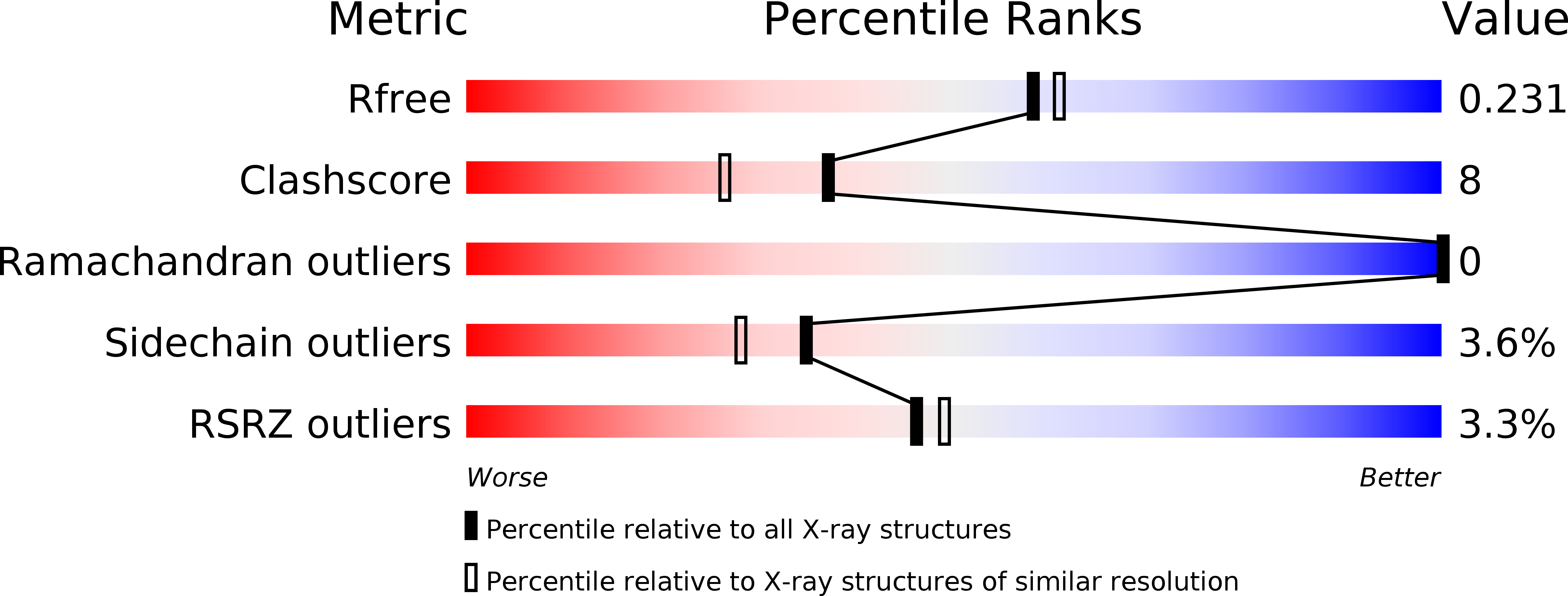
Deposition Date
2007-02-13
Release Date
2007-03-13
Last Version Date
2024-02-21
Entry Detail
PDB ID:
2OVC
Keywords:
Title:
Crystal structure of a coiled-coil tetramerization domain from Kv7.4 channels
Biological Source:
Source Organism:
Homo sapiens (Taxon ID: 9606)
Host Organism:
Method Details:
Experimental Method:
Resolution:
2.07 Å
R-Value Free:
0.22
R-Value Work:
0.19
R-Value Observed:
0.19
Space Group:
I 4


